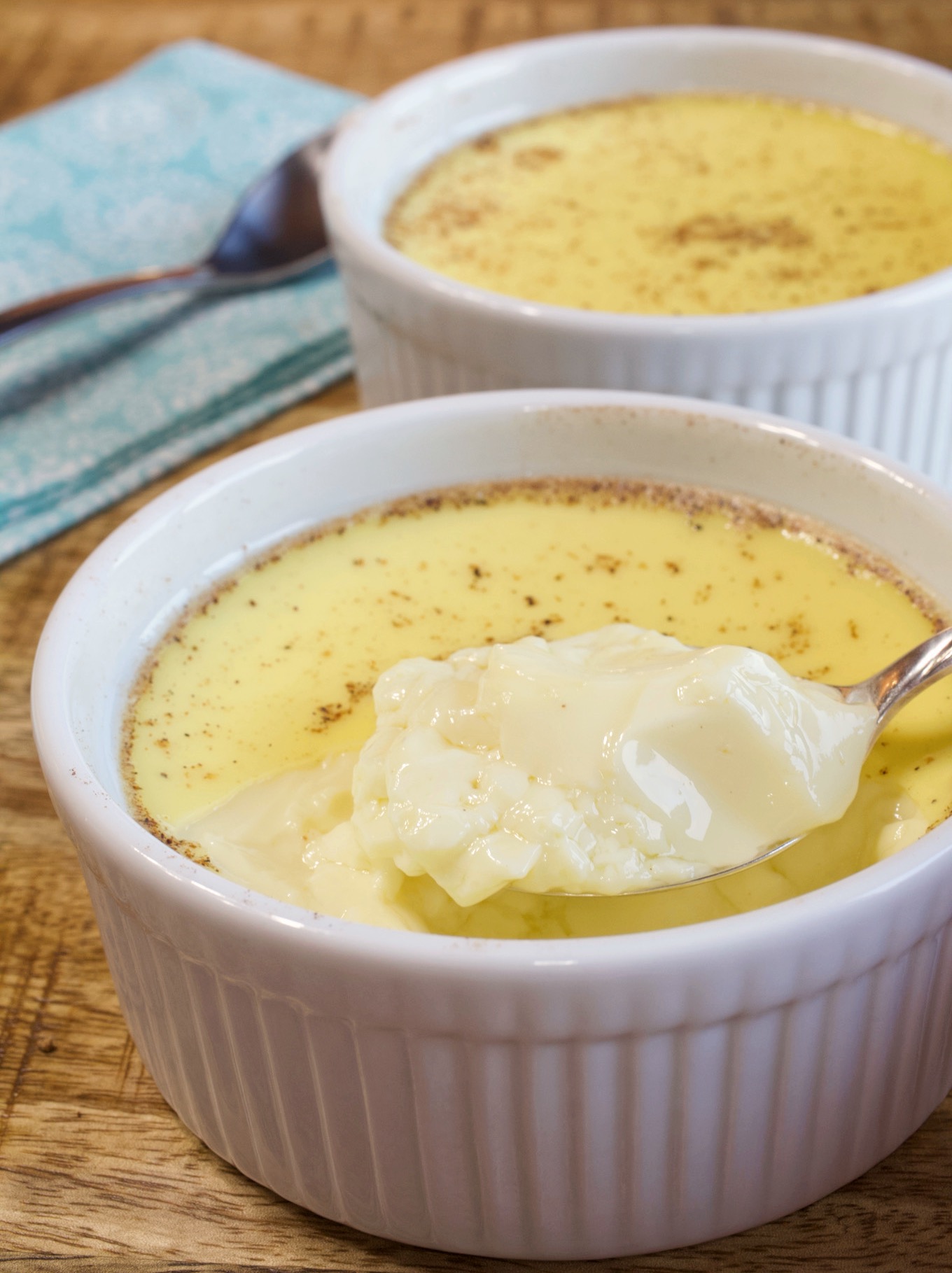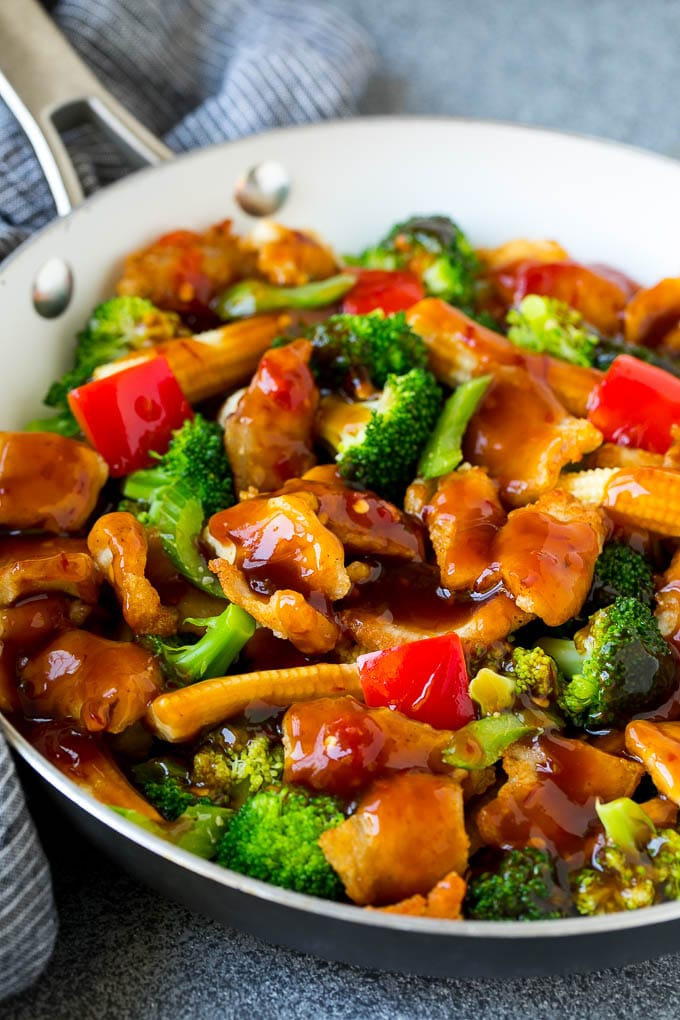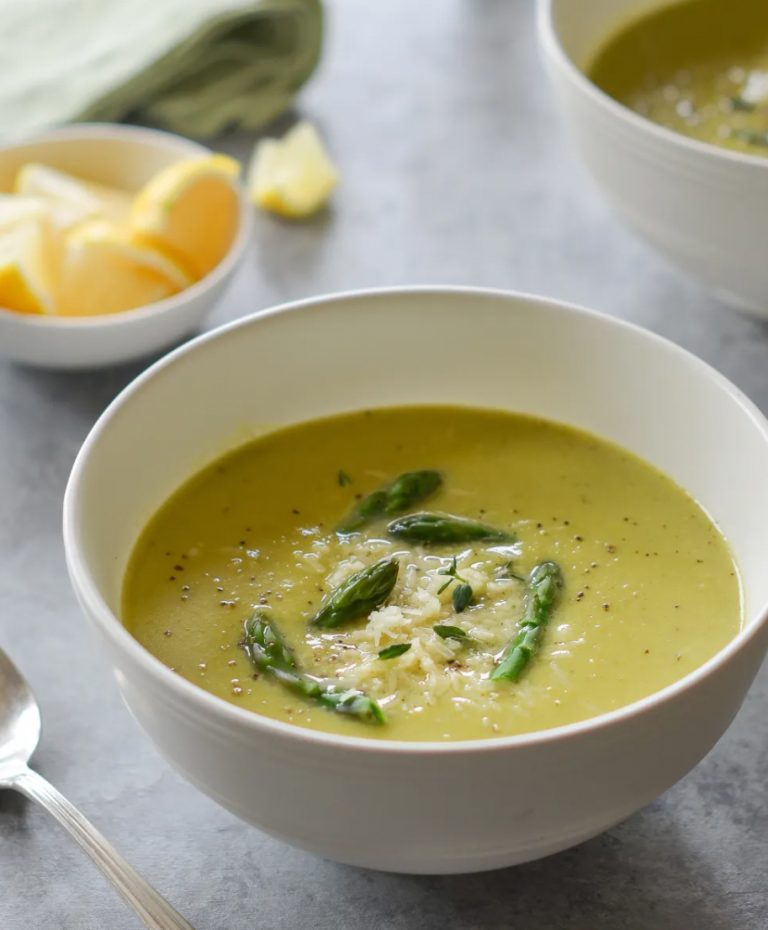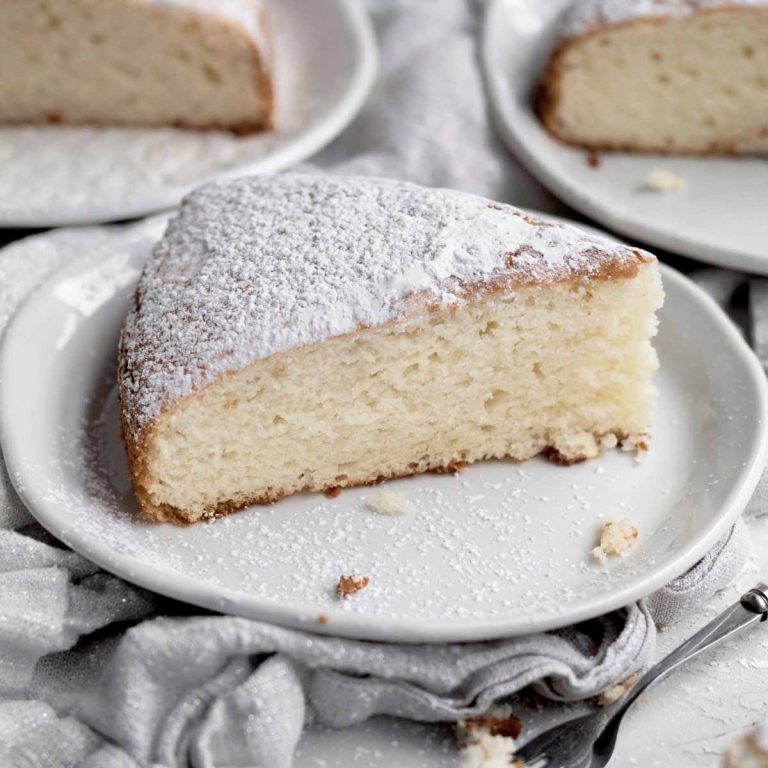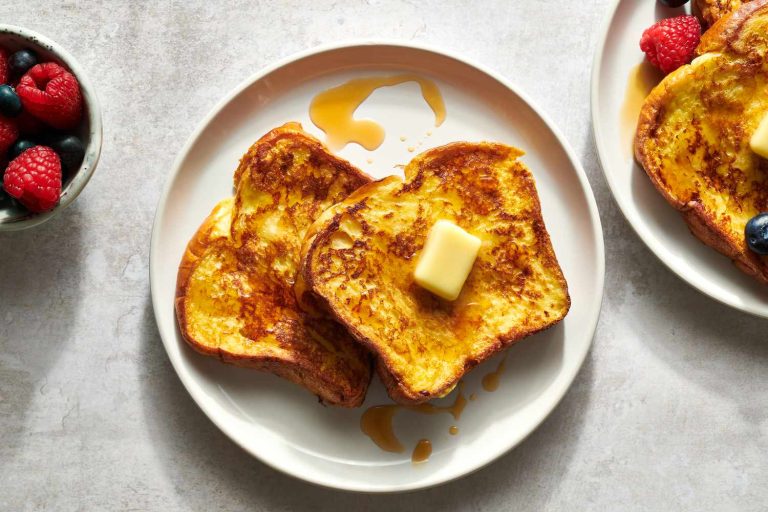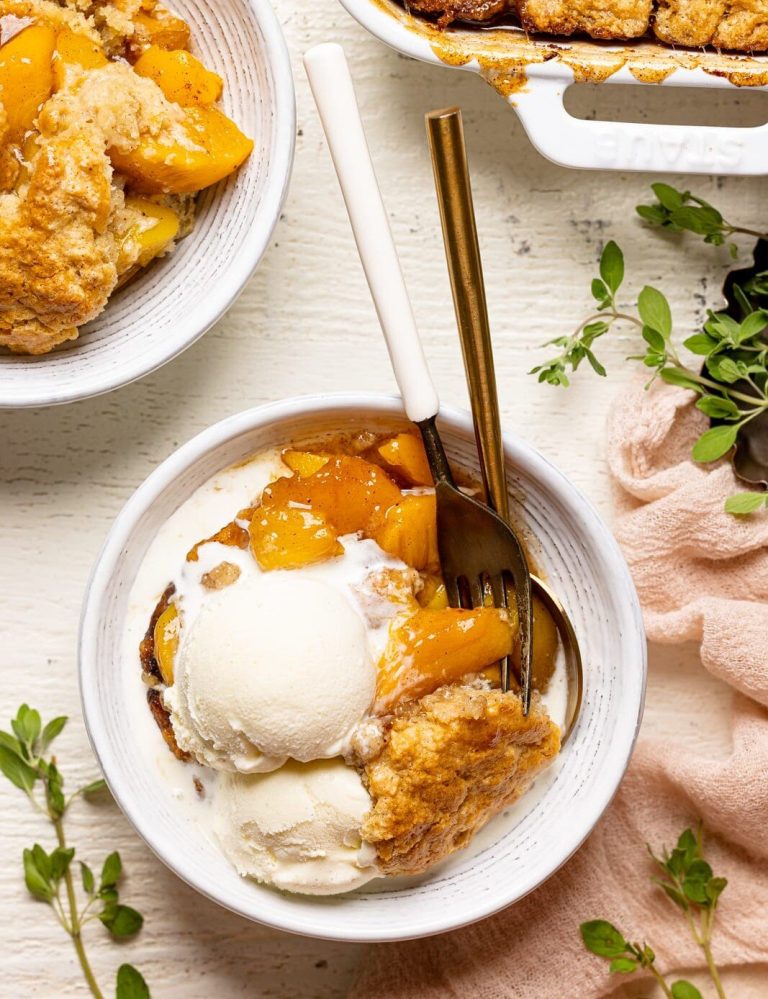Egg Custard: A Global Journey of Flavors, Health Benefits, and Delicious Variations
Egg custard’s history dates back to ancient Rome. Early cookbooks, including “Apicius,” documented recipes using eggs, milk, and honey. By the Middle Ages, it spread across Europe. Europeans added spices and refined sugar, enhancing its flavor profile. Use of custards in pastries and tarts became prevalent in French cuisine, leading to iconic dishes like “crème brûlée” by the 17th century. English influence popularized simple custard tarts and puddings. Historical texts confirm egg custard’s consistent presence in Western cuisine.
Cultural Significance
Egg custard holds cultural value in many regions. In France, it’s featured in elaborate desserts like “flan parisien.” Chinese cuisine incorporates it into dim sum as “dan tat.” Portugal’s “pastel de nata” showcases it in pastry form. English custard tarts are a traditional tea-time favorite. This dessert transcends borders, adapting to local tastes and traditions, making it a worldwide staple in various culinary practices.
Key Ingredients and Essential Tools
Must-Have Ingredients
Egg custard requires a few basic ingredients commonly found in most kitchens. Aim to use fresh, high-quality items to ensure the best results:
- Eggs: Use large, fresh eggs as they give the custard its rich texture.
- Milk: Whole milk is ideal for a creamy consistency, although low-fat milk can be an alternative.
- Sugar: Granulated white sugar is commonly used to sweeten the custard.
- Vanilla Extract: Real vanilla extract enhances the custard’s flavor, making it more aromatic and nuanced.
- Nutmeg (optional): Ground nutmeg adds a warm, spicy note that’s often sprinkled on top.
Recommended Kitchen Tools
Creating a smooth, velvety egg custard involves using the right kitchen tools. These tools help achieve the desired texture and consistency:
- Mixing Bowls: Medium-sized mixing bowls are essential for combining ingredients.
- Whisk: A whisk helps in blending the eggs and sugar together smoothly.
- Saucepan: Use a heavy-bottomed saucepan to heat the milk and prevent scorching.
- Sieve: A fine mesh sieve ensures a lump-free custard by straining the mixture before baking.
- Baking Dish: A shallow baking dish or ramekins hold the custard during baking, allowing even cooking.
- Water Bath: A larger pan for a water bath helps regulate the baking temperature, ensuring a consistent and smooth texture.
Having the right ingredients and tools sets you up for success, making the process of creating a delicious egg custard simple and enjoyable.
Step-by-Step Egg Custard Recipe
Preparation Techniques
Begin by gathering fresh eggs, whole milk, granulated sugar, and high-quality vanilla extract. Crack four eggs into a mixing bowl and whisk until smooth. Add 1/2 cup of granulated sugar gradually, whisking continuously to dissolve the sugar completely.
Heat two cups of whole milk in a saucepan over medium heat until it reaches a gentle simmer. Pour the hot milk slowly into the egg mixture, whisking constantly to prevent the eggs from cooking prematurely. Add one teaspoon of vanilla extract and mix well. Strain the mixture through a sieve into a clean bowl to remove any curdled egg bits, ensuring a smooth consistency.
Cooking Tips
Preheat your oven to 325°F to ensure the custard bakes evenly. Pour the custard mixture into individual ramekins or a large baking dish. Place the filled containers in a larger baking dish, then pour hot water into the larger dish until it reaches halfway up the sides of the ramekins or baking dish. This water bath helps cook the custard evenly and prevents it from cracking.
Bake for 45-50 minutes, checking for doneness by inserting a knife into the center of the custard; it should come out clean. Remove the custard from the oven and let it cool at room temperature before refrigerating for at least two hours. For added flavor, sprinkle ground nutmeg or cinnamon on top before serving.
Variations of Egg Custard Around the World
Regional Recipes
Egg custard boasts diverse regional variations, reflecting local tastes and ingredients. In England, custard tarts involve flaky pastry, rich egg yolk filling, and nutmeg topping. France’s Crème Brûlée encompasses caramelized sugar atop a creamy vanilla custard. Portugal’s Pastel de Nata showcases a crispy pastry filled with egg custard, baked at high temperatures for a slightly burnt finish.
Asian cuisines also feature unique egg custard recipes. Japan’s Chawanmushi is a savory custard served warm with shrimp, mushrooms, and ginkgo nuts. Chinese Dan Tat, or egg tart, mirrors the Portuguese variation but leans sweeter and more delicate. Filipino Leche Flan provides a dense custard dessert, typically steamed in llaneras and topped with caramel.
Unique Flavor Twists
Global culinary trends have inspired several unique flavor twists on traditional egg custard. Adding matcha in Japanese variations yields a green tea custard, often topped with sweet bean paste. Utilizing coconut milk in place of dairy offers a tropical twist, popular in Southeast Asian recipes. Incorporating ingredients like lavender or rosewater provides aromatic floral notes, enhancing the dessert’s allure.
Gourmet versions infuse alcohols like rum or bourbon to elevate the custard’s depth. Seasonal ingredients contribute distinct flavors; think pumpkin puree for a fall-themed custard or saffron for a Middle Eastern spin. Balancing traditional techniques with innovative flavors transforms classic egg custard into a versatile, global dessert.
Nutritional Information
Health Benefits
Egg custard offers several nutritional advantages. Each serving typically contains protein, essential for muscle maintenance and repair. Eggs present in custard provide vitamins such as B12 and D vitamins, which support nerve function and bone health. Custard’s milk content delivers calcium, crucial for strong bones and teeth, and vitamin D to aid calcium absorption. Additionally, custard can be a source of beneficial fats that contribute to satiety.
Dietary Considerations
While egg custard is nutritious, it’s also important to consider dietary restrictions. For individuals monitoring cholesterol intake, be mindful of egg yolk content. Custards with high sugar levels might pose concerns for those managing blood sugar. Lactose-intolerant individuals should seek lactose-free or plant-based milk alternatives. Those following vegan diets can use egg substitutes like silken tofu or chickpea flour and plant-based milk to create a similar texture and flavor.
Here’s a simplified nutritional breakdown for a typical serving (125g) of egg custard:
| Nutrient | Amount per Serving (125g) |
|---|---|
| Calories | 148 kcal |
| Protein | 5g |
| Carbohydrates | 20g |
| Sugars | 18g |
| Fat | 5g |
| Saturated Fat | 2g |
| Cholesterol | 106mg |
| Calcium | 150mg |
| Vitamin D | 2mcg |
| Vitamin B12 | 0.8mcg |
Egg custard can be modified to fit different dietary needs while still providing essential nutrients and maintaining its delicious flavor.
Conclusion
Egg custard’s timeless appeal lies in its blend of simplicity and sophistication. Whether you’re savoring a traditional custard tart or exploring innovative flavors like matcha and coconut, there’s a version to suit every palate. This versatile dessert not only offers a delightful taste experience but also provides nutritional benefits, making it a guilt-free indulgence. With endless variations and modifications available, egg custard can easily adapt to your dietary needs without compromising on flavor. So next time you’re in the mood for a comforting treat, consider whipping up a batch of egg custard and enjoy its rich, creamy goodness.
